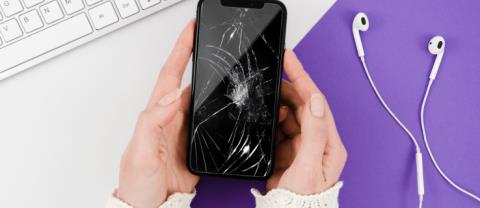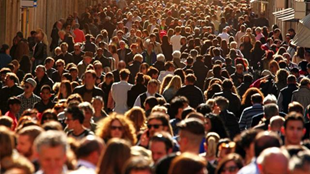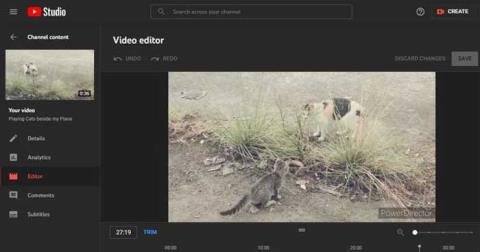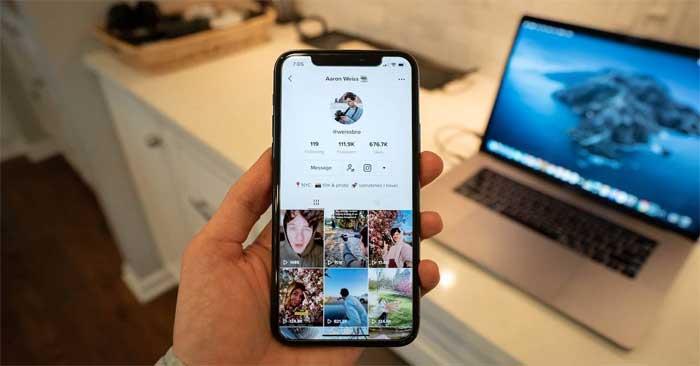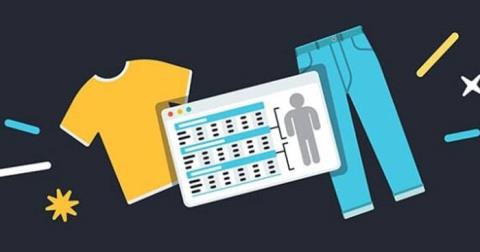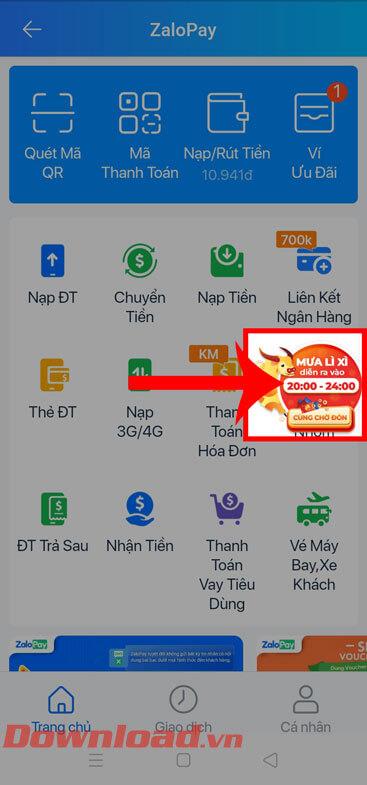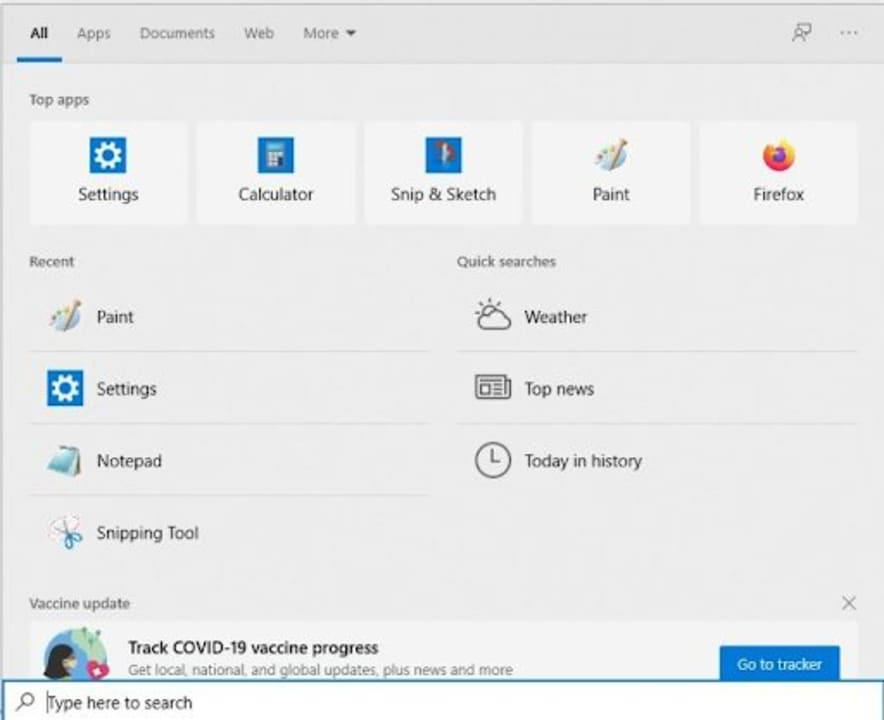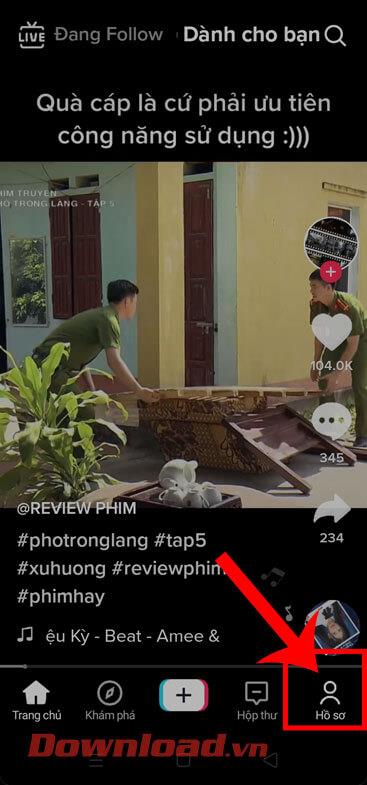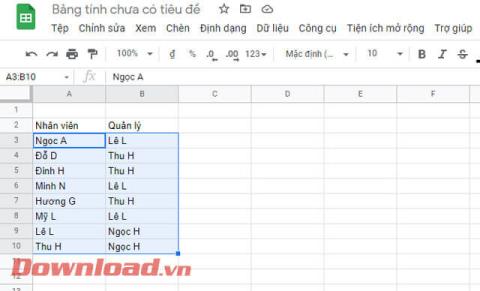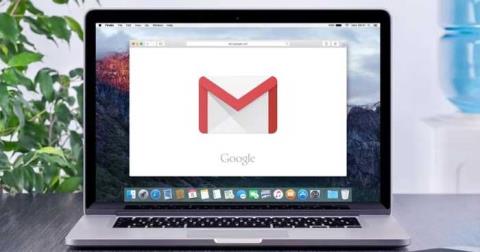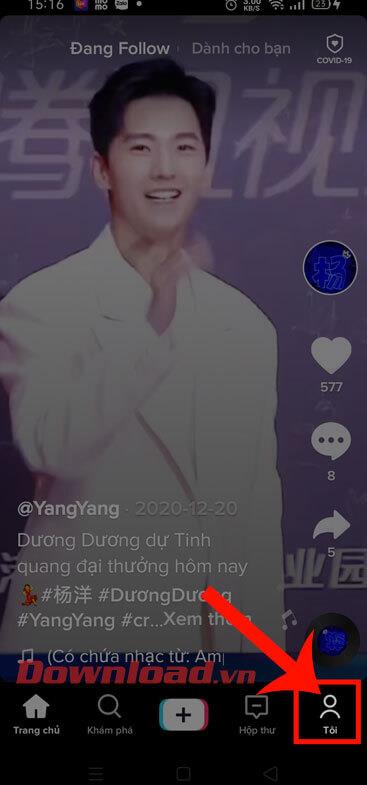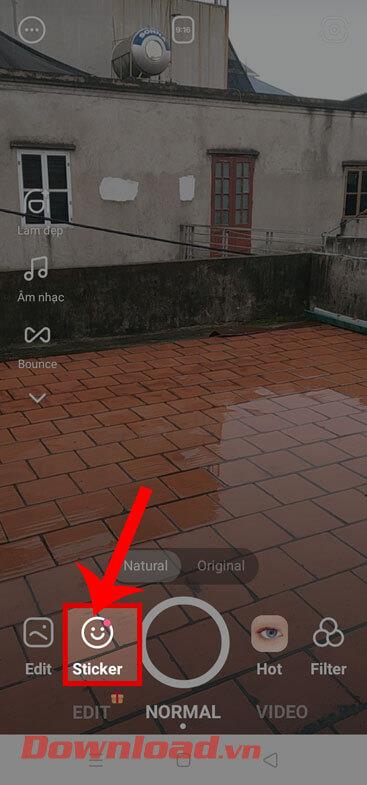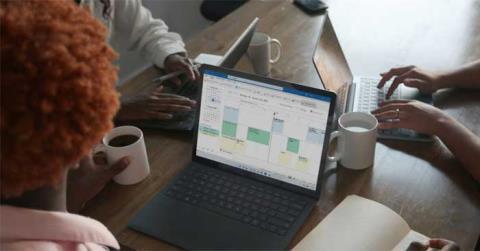Have you noticed some strange behavior on your Facebook account? See posts, likes, or updates that aren’t yours? It may be a sign that someone else is using your Facebook account, and you may have been hacked.
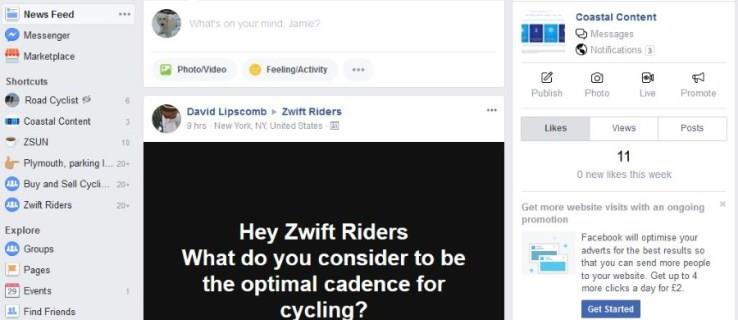
Common Symptoms of a Hacked Facebook Account
Typical symptoms of hacked Facebook accounts include updates and entries that aren’t yours, following or liking behavior that doesn’t match your own, messages sent to people you didn’t write, copycat profiles, and even the dreaded locked email from Facebook.
The email will read something like:
“Your Facebook account was recently logged into from a computer, mobile device, or other location you’ve never used before. For your protection, we’ve temporarily locked your account until you can review this activity and make sure no one is using your account without your permission.
Did you log into Facebook from a new device or an unusual location?”
There are many times when these emails are sent in error, so if you receive one, don’t worry just yet. If you use a VPN, a mobile device, or travel a lot, you may see a number of these emails. There are a couple of ways to check if someone is using your Facebook account. Let’s get started!
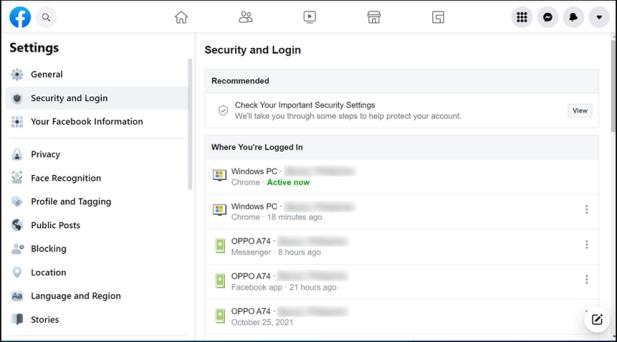
Check if Someone is Using Your Facebook Account
If you suspect someone is using your Facebook account, you need to take action quickly. Given how integrated the social network is in our lives, the faster you can stop any nefarious activity, the less damage is done.
Fortunately, Facebook is way ahead of us and has a simple way to find out who has logged onto your account and when.
Identifying Logins on Your Facebook Profile
- Log into Facebook as normal.
- Select the small down arrowhead at the top menu to access settings.
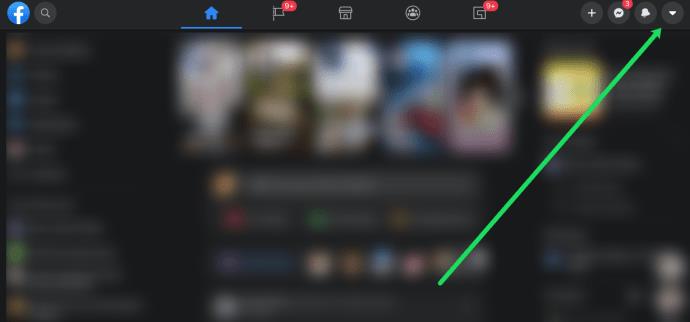
- Click on Settings & Privacy.
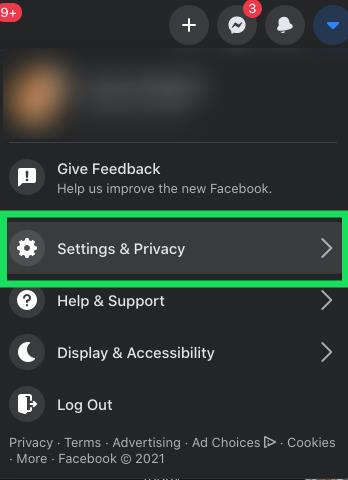
- Click on Settings.
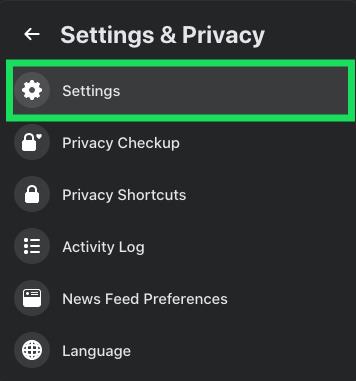
- On the left-hand side, select Security and Login.
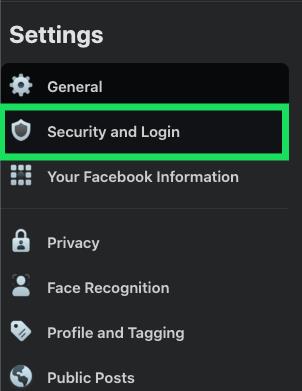
- Scroll down the page to the Where you’re logged in section and click the See more text link.

When you click on the See More option, you will see a list of all devices and locations where your Facebook account has been accessed. Keep in mind that the location isn’t perfect, so it may list the nearest city to you rather than your hometown. Also, a VPN can report a different location, so keep track as you log into Facebook. That way, you can verify the locations and determine if those logins came from you.
If you do see devices with locations that you don’t recognize, you can easily log them out, but first, change your password at least.
How to Secure Your Facebook Account
If you identify that someone is using your Facebook account, it is essential that you cut them off and make access to it more difficult. Here’s what to do.
How to Change Your Facebook Password
If you don’t change your password first before doing anything else, the potential hacker may remain active on your Facebook account if they exist.
- Click on the downward arrowhead in the top-right section of your profile page or your News Feed page.
- Navigate to Settings & Privacy -> Settings -> Security and Login.
- Scroll down the page to the Login section, then click on Change Password.
- Enter your current password in the Current box, then type a new one in the boxes labeled New and Re-type new. Click on the Save changes button when finished.
Sometimes, changing the password will trigger an end all sessions request, but this seems a little hit and miss. While there are a few extra steps here, it works every time.
How to Add Two-Factor Authentication to Your Facebook Account
Changing your password is essential, but it’s still hackable. To enhance the security of your account, it is best to enable two-factor authentication. That way, nobody can log in without having the other device that you use for the two-factor process, such as an authenticator app, your email, or your mobile device. Here’s how to do it.
- Navigate to Settings & Privacy -> Settings -> Security and Login, or backtrack to the appropriate section depending on where you are in the Settings & Privacy menu.
- On the Security and Login page, scroll down to the Two-factor authentication section, then click on Use two-factor authentication.
- In the Two-factor authentication screen, you can choose Authentication app, Text message (SMS), or Security key.
- If you click on Use text message (SMS), you cannot use the same phone number if you forgot your password. Facebook will send a 6-digit code to your phone via SMS. Enter it in the boxes, then click on Continue.
- If you click on Use authentication app, you can use your phone number if you forgot your password. Facebook will prompt you to set up an authenticator app via the QR code it creates.
- If you click on Use security key, Facebook will prompt you to insert the key to register it.
No matter what two-factor authentication method you choose, a hacker would need the required device in order to log into your Facebook account. Of course, you will also get prompted to use that option when logging in. The best choice is perhaps the authentication app because it still lets you use your phone number if you forget your password.
Now, the possible hacker cannot log in to your Facebook account, but this is only valid if you log out of all devices, or at the least, unknown ones. After all, the hacker is still logged in.
How to Log Out of Devices on Facebook
If a hacker has access to your account, it is urgent that you log out of all devices or specific ones if they are unknown. By now, you should have already changed your password and enabled two-factor authentication. Now, it’s time to log the intruder out. Here’s how to do it.
- Return to Settings & Privacy -> Settings -> Security and Login followed by the See More link, then click on the vertical ellipsis (three vertical dots) to the right of each desired device and select Log out.

- To log out of all devices at once, scroll down this same page and select Log Out Of All Sessions.
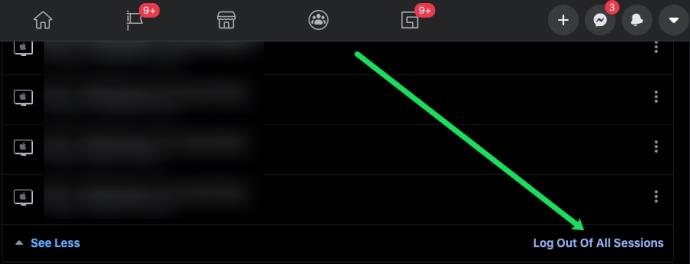
Note: It’s best to change your password and enable two-factor authentication before logging out of sessions because the intruder may simply log back in, as previously mentioned.
In closing, Facebook security should never be taken lightly, especially since it is a hot target. Regardless, if a hacker is present, you need to act fast. Essentially, you open a copy of the Security and login page in two browser windows. One you use to end the sessions, and the other you use to change the password. You need to do this quickly as you don’t know whether it’s a bot or a person using the account. By forcing the session to end, you kick out whoever is using your account. By immediately hitting Save changes, you update your password. Next, you add two-factor authentication. Hopefully, the process completes fast enough to stop the hacker from logging in again.
Nobody likes the idea of being hacked, but it is quite straightforward to check if someone else is using your Facebook account. Now you know how to check for interlopers and what to do about them if you have been hacked. Good luck out there!
Facebook Hacker FAQs
Is there any way to know who is logging into my account?
Unfortunately, no. Unless you recognize the device or the location, there is no way to know who is accessing your account. Also, you won’t know whether the intruder is a bot or another person.
Does Facebook offer 2-factor authentication?
Yes! Two-factor authentication was developed to send a code to another device, phone number, or email address that one must verify to gain access to an account. It also offers the use of a USB security key or an authenticator app.
To enable this feature on Facebook, follow the steps above to change your password. Just under the password option, you’ll see the two-factor authentication section. Toggle the switch on, and the feature is enabled.
If someone tries to access your account, you will receive a notification to another device.
